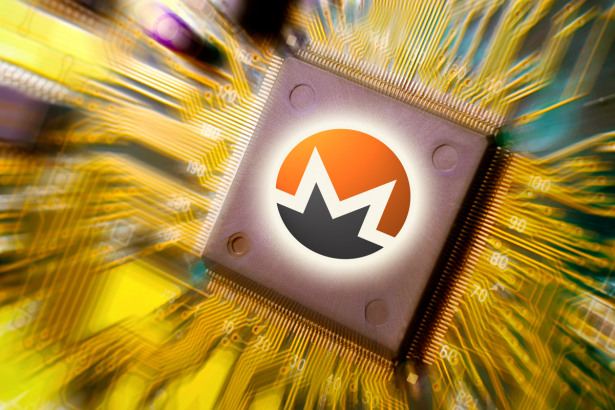key insights
-
The Monero community has decided to include “minimal subsidies” or “tail emissions.”
-
Monero (XMR) introduces an upgrade called “Tail Emissions.”
-
The Monero Tail emission will begin on June 9, 2022 at 00:35 UTC at block height 2641623.
Monero (XMR) is a blockchain network with a primary focus on privacy protection, featuring a peer-to-peer (P2P) digital currency known as XMR, specifically designed to be completely untraceable and anonymous. It has been.
This means that transactions on the Monero blockchain cannot be linked to specific users or real-world identities.
Monero's Tail Emissions Plan: Everything You Need to Know
Monero has revealed plans for a significant tail emissions upgrade.
Its main purpose is to bring significant improvements to the overall network.
Specifically, this upgrade highlights several important considerations, including measures to prevent price escalation while increasing overall network security.
Through an official announcement posted on Twitter on May 4, 2022, Monero announced tail emission upgrades.
1/ #TailEmission (Block 2,641,623) is coming in about 30 days, so let's take a few minutes to see why. #Monero The community chooses tail emissions, how it works, and what it means for Monero users and the project in the long term.
Buckle up, this is going to be a long one!
— Monero (XMR) (@monero) May 4, 2022
In the announcement, it was revealed that the upgrade will be rolled out at a block height of 2641623. Based on data from p2pool.io, it is expected to start at 00:35 UTC on June 9, 2022 at current mining rates.
This upgrade is specifically aimed at introducing 0.6 XMR rewards distributed to miners across every block mined.
As the name suggests, this is a “minimal subsidy” upgrade aimed at enabling dynamic block sizes while keeping pricing reasonable and ensuring a lower bound on network security.
Upgrade impact on pricing
As a way to get the point across as clearly as possible, Monero uses a Bitcoin approach throughout the thread to explain some of the benefits seen here.
Specifically, block subsidiaries account for 99% of Bitcoin block rewards, and the remaining 1% is covered by transaction fees.
Rather than being encouraged, miners would be discouraged and the network could become less decentralized.
Monero's main goal is to avoid these problems by implementing a linear fee of 0.6 XMR. This will reduce over-reliance on transaction fees, thereby maintaining healthy incentives for miners and ensuring the future of Monero remains decentralized.
The Tail Emissions upgrade also enables the implementation of so-called “dynamic block size” functionality. Miners can adjust the block size accordingly, which is very useful when network congestion is likely to increase.
Under normal conditions, you may want to keep the block size as small as possible.
This upgrade will ultimately lead to increased network scalability and improved long-term security for XMR transactions.
Potential impact of tail emission upgrade on XMR price: technical indicators
On June 8, 2022, Monero (XMR) was trading at $184.70.


Over the past 24 hours, XMR/USD trading volume has increased by 15%.
We can also see that the all-time high point in the value of the XMR cryptocurrency occurred on January 9, 2018, when the value of the coin reached $542.33.
At the moment, the token is trading below its all-time high at $357.63, with a clear outlook for a 65.94% decline.
Looking at the coin’s performance this week, we see a 7-day low of $181.29 and a 7-day high of $202.20.
The current resistance point for the XMRUSD cryptocurrency is $200, and if it can break through this barrier, it could rise in value to $250 by the end of June 2020.
However, to maintain this momentum, a fall below $180 should be avoided as it could lead to a bearish outlook.
There is also the possibility that trading of the XMR virtual currency will become more active on virtual currency exchanges.
At $184.70, Monero (XMR) looks promising. The soon-to-be-released tail emission upgrade could actually push past the past, as it could further increase network usage and provide even more incentive for miners to process transactions. Valued at $200.
This article was originally posted on FX Empire

